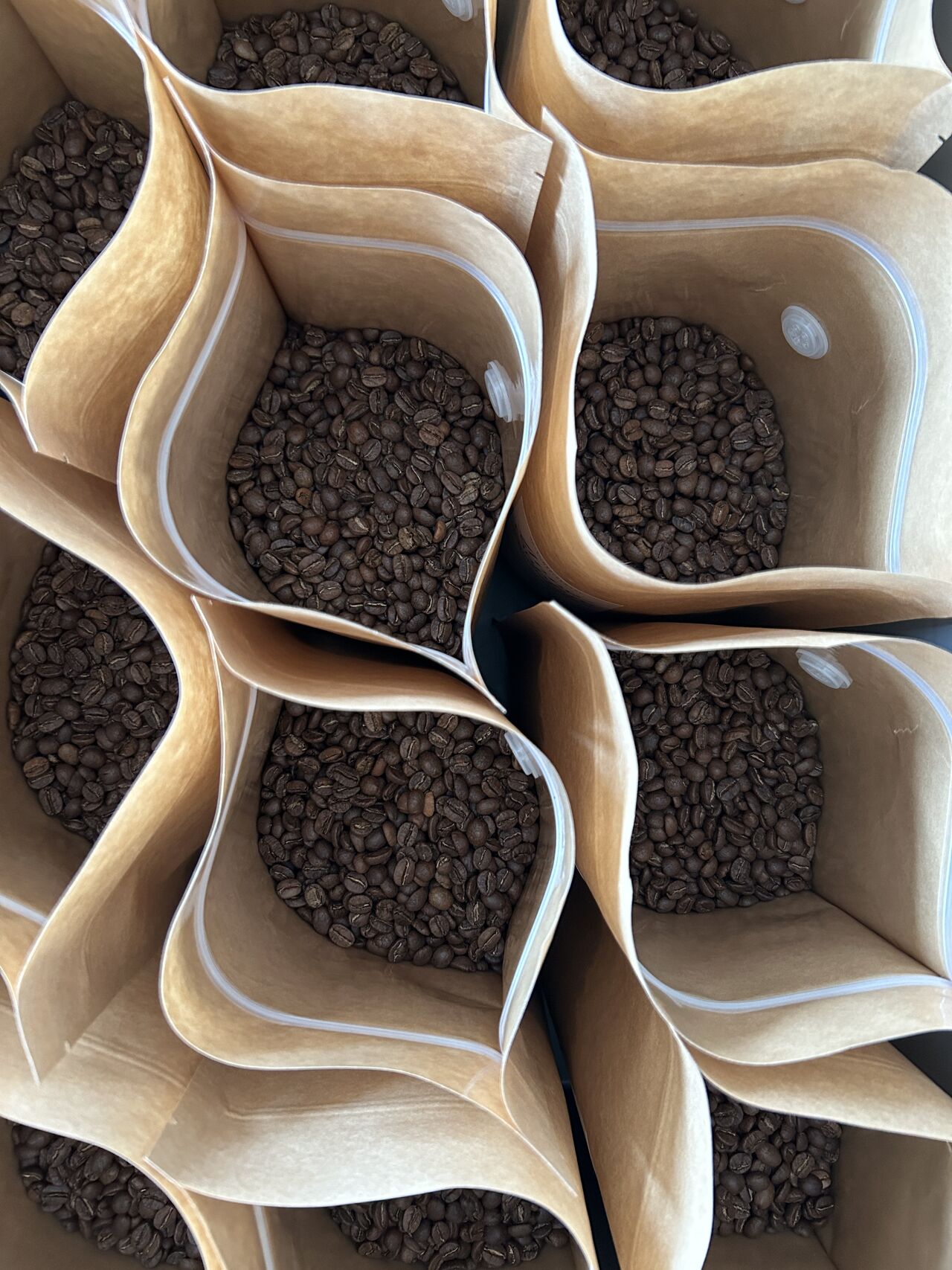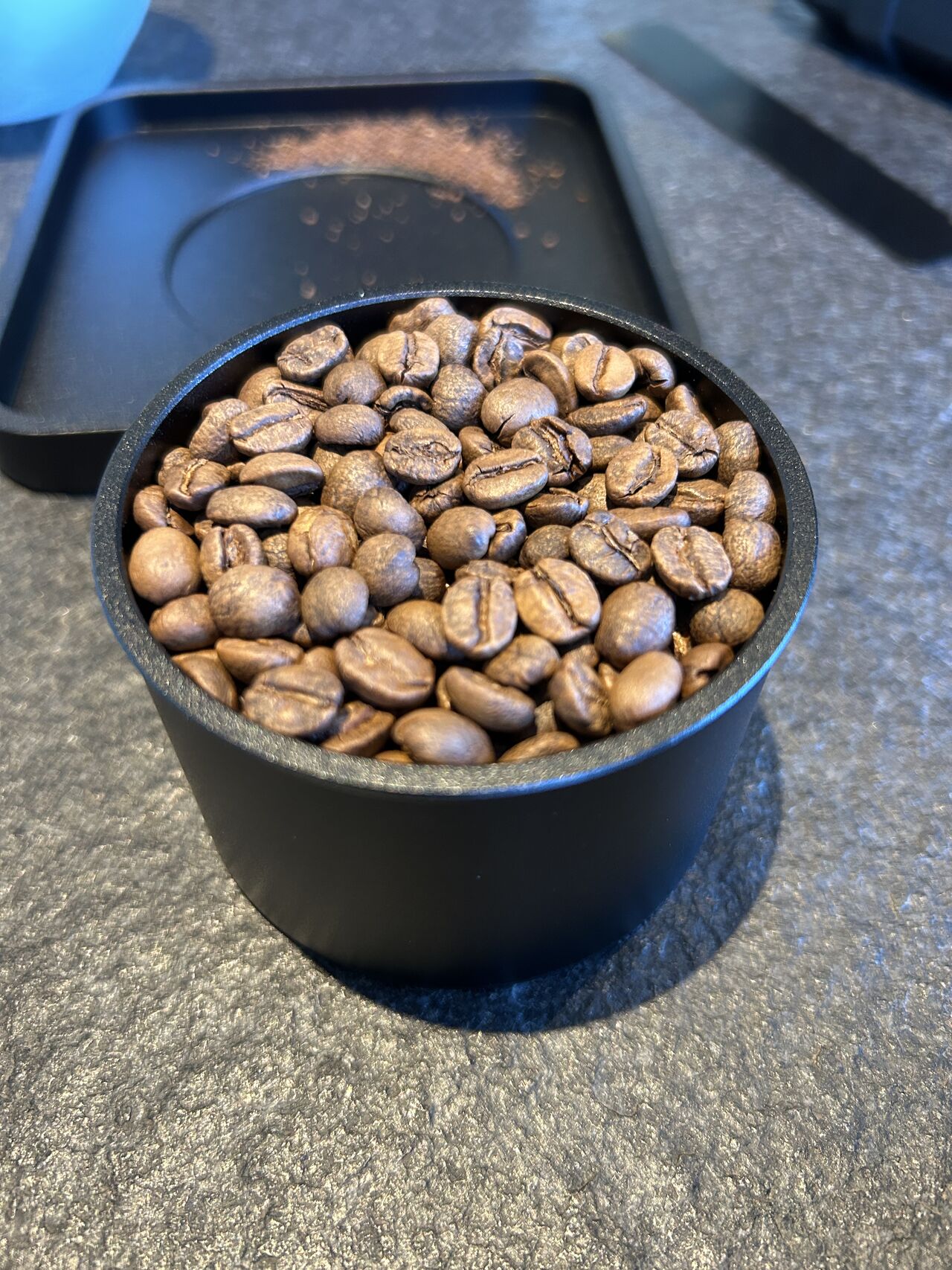
The Chemistry of Aroma: Storage, Brewing, and Coffee Volatiles
The Chemistry of Aroma: Storage, Brewing, and Coffee Volatiles
Aromatic and inviting, coffee’s allure lies in its volatile compounds—an intricate bouquet of chemicals formed during roasting. But these compounds are not static; they evolve with time, storage conditions, and brewing methods. Understanding how to preserve and amplify these aromas can elevate coffee to its full sensory potential.
Volatile compounds such as aldehydes, pyrazines, and furans are responsible for coffee’s aroma profile. These molecules result from chemical reactions like the Maillard reaction and Strecker degradation during roasting. However, once roasted, coffee beans begin losing freshness due to oxidation and outgassing. Methanethiol, a critical contributor to fresh coffee aroma, diminishes within days, while aldehydes and ketones gradually degrade, altering the aromatic balance.
Storage conditions are pivotal in preserving coffee’s volatile compounds. Studies show that lower temperatures slow the degradation of desirable aromas. For instance, coffee stored at 5°C retains more of its fruity and floral notes compared to room temperature storage. Airtight packaging with one-way valves can further mitigate oxygen exposure and preserve aroma. While some consumers freeze coffee beans to maintain freshness, this practice—though beneficial—requires careful handling to avoid condensation damage upon thawing.
Brewing methods significantly impact the release and perception of aroma compounds. Espresso, with its high-pressure extraction, emphasizes roasted and chocolatey notes, delivering an intense aromatic experience. In contrast, cold brew’s slow steeping highlights sweeter, fruitier nuances, with hints of rum and tropical fruits. The choice of brewing technique can thus shape the sensory narrative of the cup.
The type of coffee also influences its aroma profile. Arabica beans, known for their mild, harmonious flavours, contain higher levels of floral and fruity volatiles. Canephora beans, with their sharper and earthy notes, add depth to blends but lack the complexity of Arabica. A blend of 80% Arabica and 20% Canephora strikes a balance, offering both body and complexity.
Scientific advancements such as electronic noses and gas chromatography-mass spectrometry (GC-MS) have revolutionized our ability to analyze coffee volatiles. These tools provide precise measurements of aroma compounds, helping innovations like volatile monitoring paving the way for personalized coffee experiences, tailoring aroma profiles to consumer preferences.
Despite its ephemeral nature, coffee’s aroma remains its most defining characteristic. Each step, from storage to brewing, plays a role in preserving its complexity. Whether you savour the rich intensity of espresso or the smooth sweetness of cold brew, the chemistry of coffee aroma is a testament to the art and science behind every cup.
Aromatic and inviting, coffee’s allure lies in its volatile compounds—an intricate bouquet of chemicals formed during roasting. But these compounds are not static; they evolve with time, storage conditions, and brewing methods. Understanding how to preserve and amplify these aromas can elevate coffee to its full sensory potential.
Volatile compounds such as aldehydes, pyrazines, and furans are responsible for coffee’s aroma profile. These molecules result from chemical reactions like the Maillard reaction and Strecker degradation during roasting. However, once roasted, coffee beans begin losing freshness due to oxidation and outgassing. Methanethiol, a critical contributor to fresh coffee aroma, diminishes within days, while aldehydes and ketones gradually degrade, altering the aromatic balance.
Storage conditions are pivotal in preserving coffee’s volatile compounds. Studies show that lower temperatures slow the degradation of desirable aromas. For instance, coffee stored at 5°C retains more of its fruity and floral notes compared to room temperature storage. Airtight packaging with one-way valves can further mitigate oxygen exposure and preserve aroma. While some consumers freeze coffee beans to maintain freshness, this practice—though beneficial—requires careful handling to avoid condensation damage upon thawing.
Brewing methods significantly impact the release and perception of aroma compounds. Espresso, with its high-pressure extraction, emphasizes roasted and chocolatey notes, delivering an intense aromatic experience. In contrast, cold brew’s slow steeping highlights sweeter, fruitier nuances, with hints of rum and tropical fruits. The choice of brewing technique can thus shape the sensory narrative of the cup.
The type of coffee also influences its aroma profile. Arabica beans, known for their mild, harmonious flavours, contain higher levels of floral and fruity volatiles. Canephora beans, with their sharper and earthy notes, add depth to blends but lack the complexity of Arabica. A blend of 80% Arabica and 20% Canephora strikes a balance, offering both body and complexity.
Scientific advancements such as electronic noses and gas chromatography-mass spectrometry (GC-MS) have revolutionized our ability to analyze coffee volatiles. These tools provide precise measurements of aroma compounds, helping innovations like volatile monitoring paving the way for personalized coffee experiences, tailoring aroma profiles to consumer preferences.
Despite its ephemeral nature, coffee’s aroma remains its most defining characteristic. Each step, from storage to brewing, plays a role in preserving its complexity. Whether you savour the rich intensity of espresso or the smooth sweetness of cold brew, the chemistry of coffee aroma is a testament to the art and science behind every cup.


